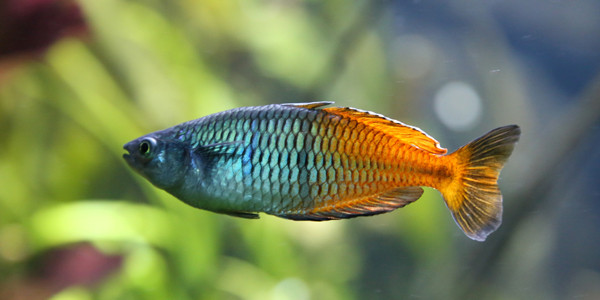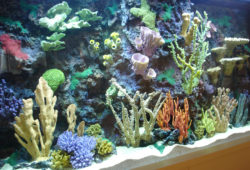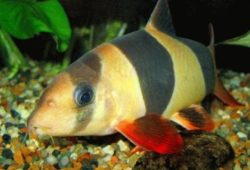How to Keep Freshwater Fish Healthy
The article gives you some information on How to Keep Freshwater Fish Healthy.

Contents
Identifying and Preventing Diseases in the Aquarium
Diseases can develop overnight and sometimes it’s too late to save the fish. Sometimes fish are diseased when they are purchased and it is not immediately noticeable. Water conditions can quickly change due to lack of care or equipment malfunctioning.
Buying Healthy Fish
When buying fish at a pet store, take time to observe each fish in order to ensure it is healthy. Many stores bring in large orders of fish and empty them into tanks as soon as possible. They don’t always have to time to inspect each fish.
Here are some things to look for when making a decision to buy a fish.
- Are there any blotches, marks or fungal spots showing? This is a sign of disease.
- Are the fish spending a lot of time at the bottom of the tank and not swimming very much? A healthy fish is active (except for catfish that spend most of their time scrounging at the bottom of the tank).
- Do their gills and fins look alright? Fish fins should never be clamped and gills should look pinkish in color.
Never buy a fish that doesn’t look or act right or displays any type of weird behavior!
Introducing Fish to the Aquarium
Even after the fish are brought home, caution still must be taken before adding them to the aquarium. There could be diseases brewing that were not visible in the store.
All aquarium owners should have a second tank to be used as a place to quarantine fish or to use as a hospital tank for sick fish. New fish should be placed in a quarantine tank for a couple of weeks for observation and possible treatment.
The tank should contain a heater, filter and water from the main tank. Do not add gravel or decorations because the intent is to keep the tank as sterile as possible.
The new fish should be slowly acclimatized to the quarantine tank by adding the tank water to the water in the take home bag a little at a time. An antibiotic dip can be used in the quarantine tank in order to ensure the fish are free from disease.
After a couple of weeks in the quarantine tank, the fish can be caught and slowly introduced to the main aquarium. This is done by placing the fish in a pail of water scooped from the quarantine tank. Slowly add water from the main tank at intervals to allow time for the fish to get accustomed to the new water.
Acclimatizing fish has to be done slow or it can create conditions for some diseases, like ick, to set in.
Preventing Fish Disease
One of the most common fish diseases is ich. The cause of ich is usually due to rapid changes in the water temperature in the aquarium. It is noticeable because there is velvet-like or fungal build up on the body of the fish. This disease can cause death if left untended.
Placement of the aquarium may prevent the outbreak of ich. Do not put an aquarium in places where there are drafts. On the other hand, don’t put an aquarium over a heat vent. A draft-free location and out of direct sunlight is the best place to set up an aquarium in the home.
For slowing down or inhibiting some diseases, aquarium salt can be used. It seems to work well with most live bearers and African cichlids. The recommended dose is one tablespoon, per every five gallons of water. Be sure to research each species of fish to see if it is tolerant of salt.
Many other causes of aquarium or fish diseases are due to deteriorated water conditions. Poorly maintained water can cause ammonia poisoning or ammonia burn, nitrates and nitrites, and CO2 poisoning.
Many diseases and death in an aquarium can be avoided if a proper maintenance schedule is exercised. In addition to water changing, gravel washing and filter cleaning; the aquarium water must be constantly tested. A variety of test kits are available at pet stores and it is money well spent.
Aquarium equipment does not last forever. Heaters can malfunction and either heat too much or not enough, resulting in extreme hot and cold temperatures. Filters, power heads, and air stones get plugged or they wear out or break down.
An aquarium maintenance schedule which includes servicing equipment, conditioning the water and taking an inventory of supplies will help promote healthy fish.



